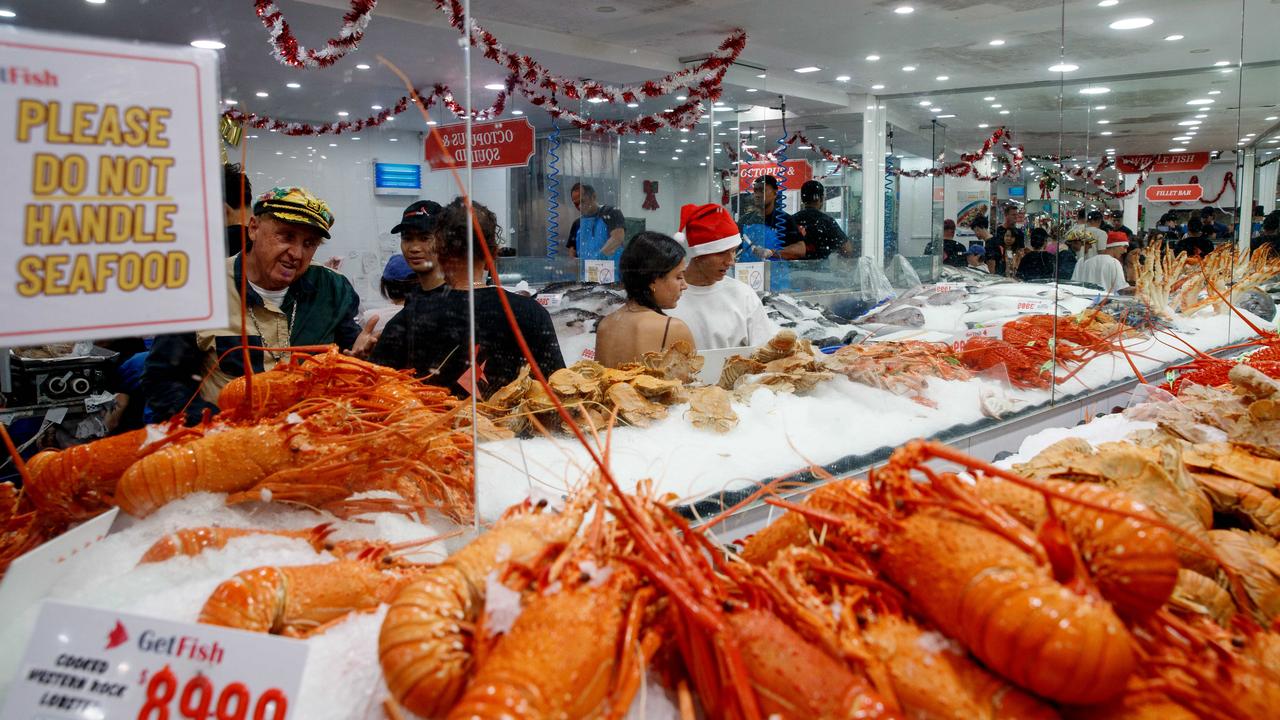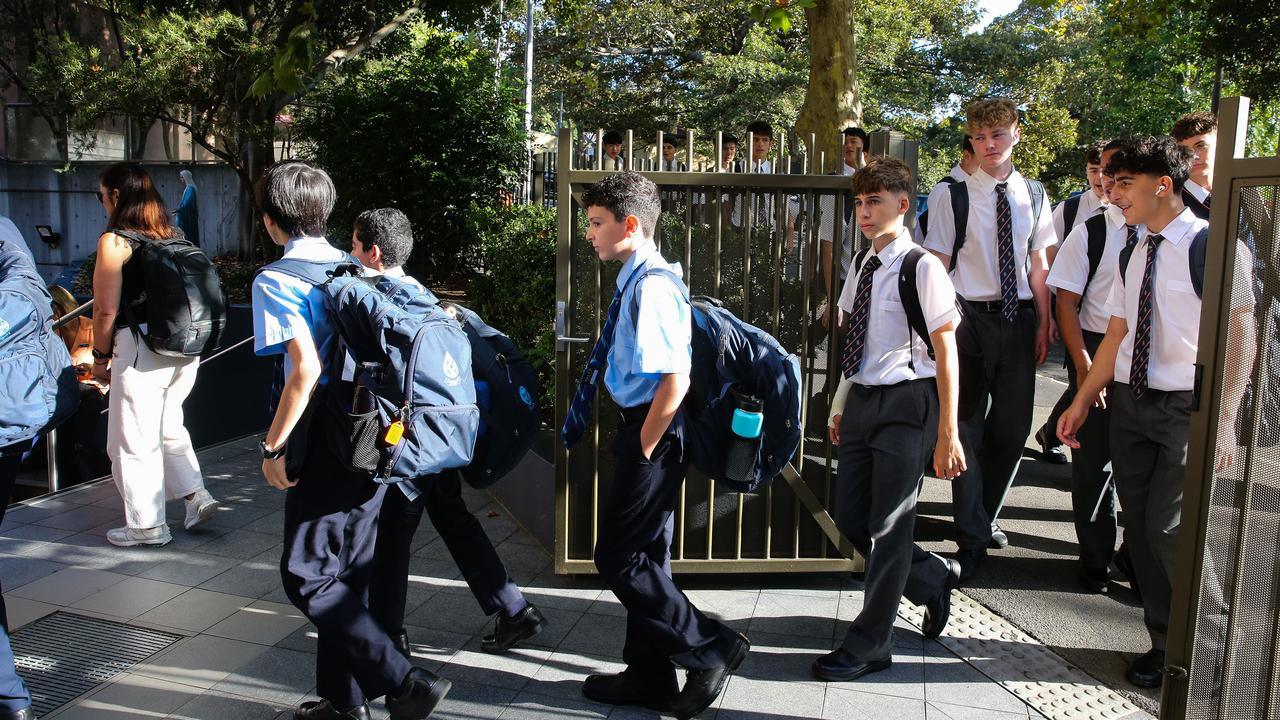China reopening could have a devastating impact on Aussie inflation
Everyday Australians are being hit hard by cost of living and one move could see it get even worse with 1.7 per cent spike.
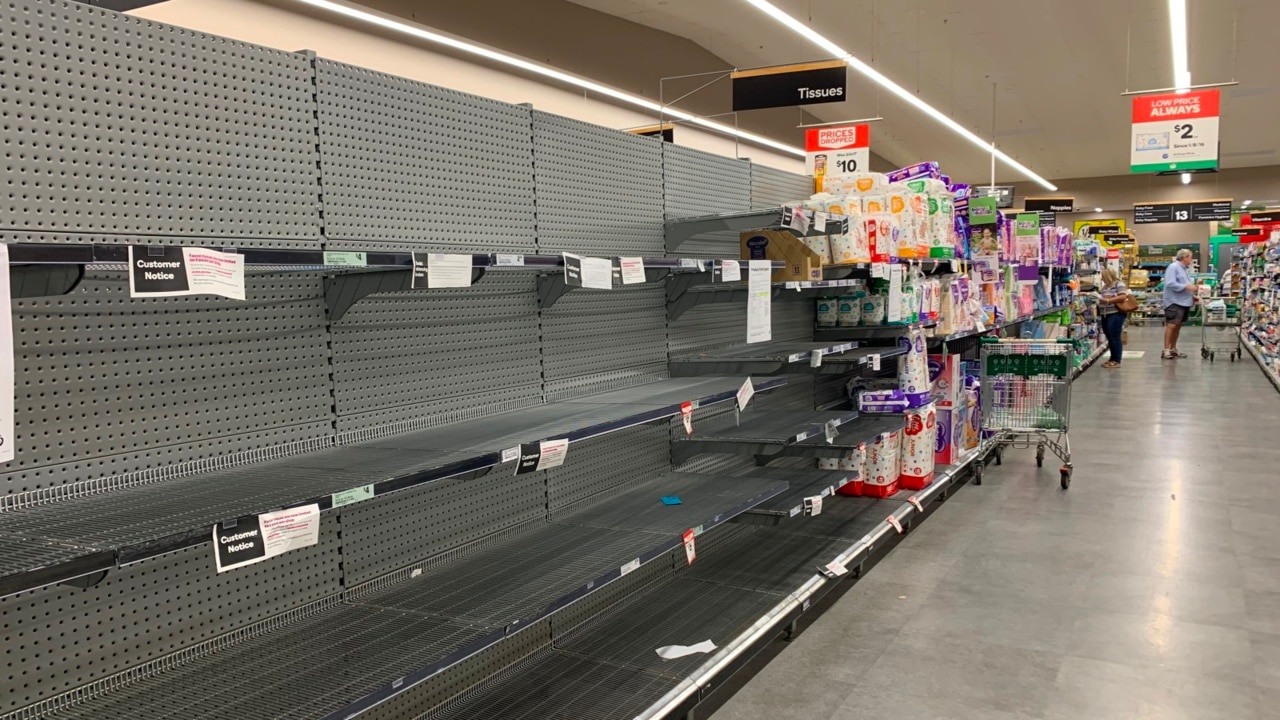
Economy
Don't miss out on the headlines from Economy. Followed categories will be added to My News.
As economic narratives surrounding the reopening of the Chinese economy continue to multiply like rabbits, the growing consensus among analysts appears to be that it will provide a strong boost to the global economy and to Australia in particular.
Leaving aside the fact that there will be far less stimulus flowing through the Chinese economy and that it’s entirely possible that the reopening could be far less stellar than is generally anticipated, the successful reopening of the Chinese economy could prove a double-edged sword for Australia.
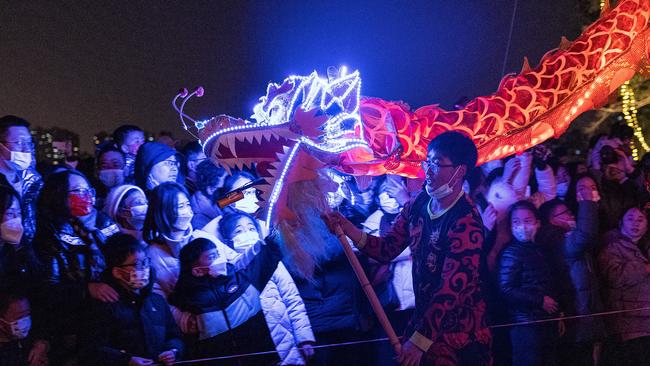
On one side of the coin, Chinese demand being reignited could benefit Australian commodity producers and exporters handsomely, particularly as relations between Beijing and Canberra continue to thaw amidst a push by Beijing for a less aggressive diplomatic stance.
On the other side, it’s expected that the reopening of the Chinese economy would fire up demand for all manner of commodities, driving global inflationary pressures higher.
With Australia currently facing a 7.3 per cent inflation rate, the highest since the early 1990s, China adding to inflationary pressures is the last thing Aussie households need.
China driven inflation by the numbers
According to a recent analysis by Bloomberg, if the Chinese economy was to undergo a relatively pedestrian recovery and have growth hit 5.1 per cent, a level significantly below its growth prior to the pandemic, it would add 0.9 percentage points to global inflation.
If the Chinese economy was to bounce back more strongly as lockdowns end and consumers feel more comfortable spending their sizable savings war chest, growth of 6.3 per cent would add 1.7 percentage points to global inflation.
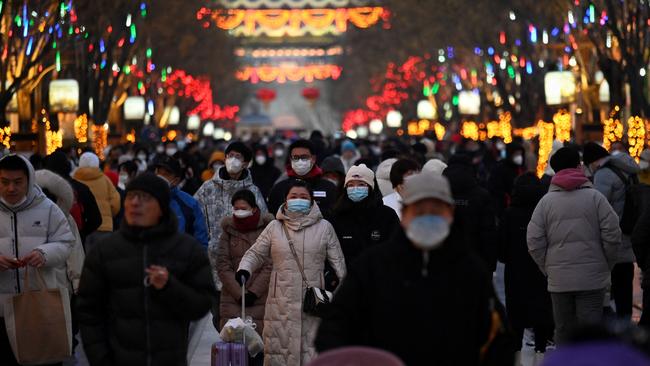
Considering that Chinese households have been in and out of lockdown for almost three years, these are not implausible growth estimates for 2023.
After all, as things sit today, China’s inflation adjusted retail sales are sitting roughly where they were in 2018. So there is arguably a great deal of low hanging fruit in terms of achieving a robust growth rate, at least on paper.
On paper it should be easy for China to have a good year
— Tarric Brooker aka Avid Commentator 🇦🇺 (@AvidCommentator) January 18, 2023
Inflation adjusted retail sales are pretty much where they were at the end of 2018
Even a return to peak 2021 levels would be+8-9% in this key consumer consumption metric
How it will be in reality may be another matter pic.twitter.com/3JwifqjMbf
Implications for Australia
With Australian inflation running at 7.3 per cent, its highest level since the early 1990s, adding another driver of inflation to the mix could prove to be quite challenging.
In order to explore the implications of these potential inflationary pressures, we’ll be looking at this issue from multiple angles.
Historical inflation
The post-2010 Australian inflation landscape has been relatively benign, with the RBA last raising interest rates in November 2010. But once you add even the base case level of additional inflation stemming from the reopening of China’s economy to the mix, all of a sudden inflation would have spent most of the time in the top half of the RBA’s 2 to 3 per cent target band or above it.
Under the scenario where the Chinese economy booms and 1.7 per cent is added to inflation, Australian inflation would have spent just one quarter below the upper limit of the RBA’s inflation target range between the end of 2012 and the start of the pandemic.
This illustrates nicely how even slightly less than 1 per cent in additional inflation can complicate matters, even during a time of relatively low inflation.
Looking forward
The RBA expect headline inflation to moderate from a high of 8 per cent in December 2022 to 4.7 per cent at the end of 2023 and 3.2 per cent at the end of 2024.
There is an argument to be made that inflation may surprise to the downside as the global economy slows and rising interest rates hit the domestic economy.
But this is where the Chinese economy reopening could complicate things significantly.
In a scenario where both a slowing domestic economy and increased inflationary pressures due to the Chinese economic reopening occur simultaneously, they may end up cancelling each other out.
On the other hand, if the domestic economy doesn’t slow significantly, increased inflationary pressures could feed into Australian consumer prices.
If the RBA’s inflation forecasts are broadly ballpark and increased inflationary pressures were to feed into the consumer price index, we may not see inflation fall below 4 per cent before the end of 2024. If China were to really boom, we may not see headline inflation go below 5 per cent until the final quarters of next year.
A complex outlook
In 2021 and 2022 the vast majority of the world’s central banks and economists got it wrong that inflation would swiftly fade away. It is well within the realm of possibility that the RBA and other central banks could get it wrong again, this time to the downside.
Equally, it is also possible that the Chinese economic recovery may not be anywhere as near as strong as its widely believed that it will be.
But if we are to take the forecasts and analysis previously referenced in this article at face value, the path back to getting inflation in the RBA’s 2 to 3 per cent target band may be significantly longer than is generally believed.
In a recent data release, the Commonwealth Bank predicted that the RBA would be cutting interest rates by 0.5 per cent by the end of 2023, so in many ways forecasters could scarcely be further apart.
Ultimately it is unclear who will be correct, what the RBA’s highest priority will actually be and how the global economic landscape will evolve over the course of the year, but it’s worth keeping an open mind that inflation may surprise us.
Tarric Brooker is a freelance journalist and social commentator | @AvidCommentator
Originally published as China reopening could have a devastating impact on Aussie inflation




